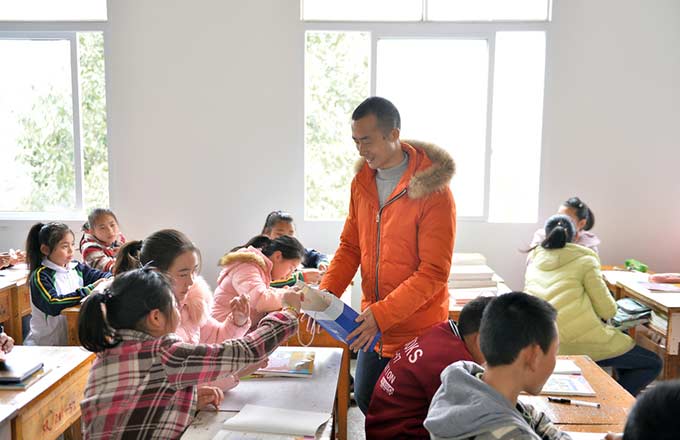Snowmelt, crumbling rock blamed for landslide
Investigators have concluded that melting snow seeping into disintegrating rock caused a massive landslide last week that killed 83 people in a mining area near Lhasa, the Tibet autonomous region.
According to a report released by the rescue headquarters on Friday, steepness of the slope, disintegrating rock and water from snowmelt combined to cause the landslide.
The report was compiled by a team of six experts led by Cen Jiafa, a researcher at a consulting center under the Ministry of Land and Resources.
The landslide occurred along a 42 to 45 degree slope in a V-shaped valley.
The report said about 300,000 cubic meters of loose stone and soil triggered the landslide on the east slope of Zeri Mountain, in Zhaxigang village, Maizhokunggar county.
At about 6 am on March 29, the land gave way and rushed down from an altitude of 5,359 meters on the mountainside to 4,535 meters, leaving 2 million cubic meters of debris spread across 2 kilometers, according to the report.
Part of the slope was hollowed after the landslide and long cracks in the mountain surface were visible?- the longest was about 600 meters.
The experts said the geological conditions in the area are complicated.
The bare layer of land is made of igneous and sedimentary rocks alternating with each other, and both are disintegrating.
The weather had been extremely dry from November to February. Water from melting snow was absorbed into the mountainside and undermined the slope's stability.
The team suggested that monitoring efforts should be improved to prevent further geological disasters.
It also suggested efforts be made to locate and mitigate all similar risks in places including residences, construction sites, mining companies and tourism spots.

























